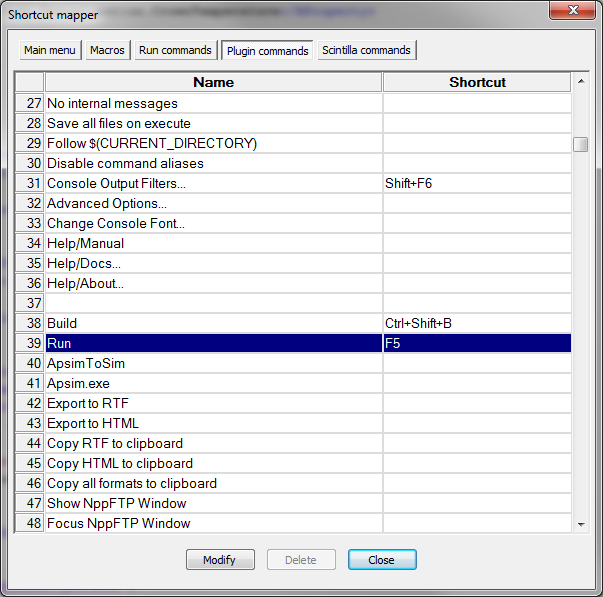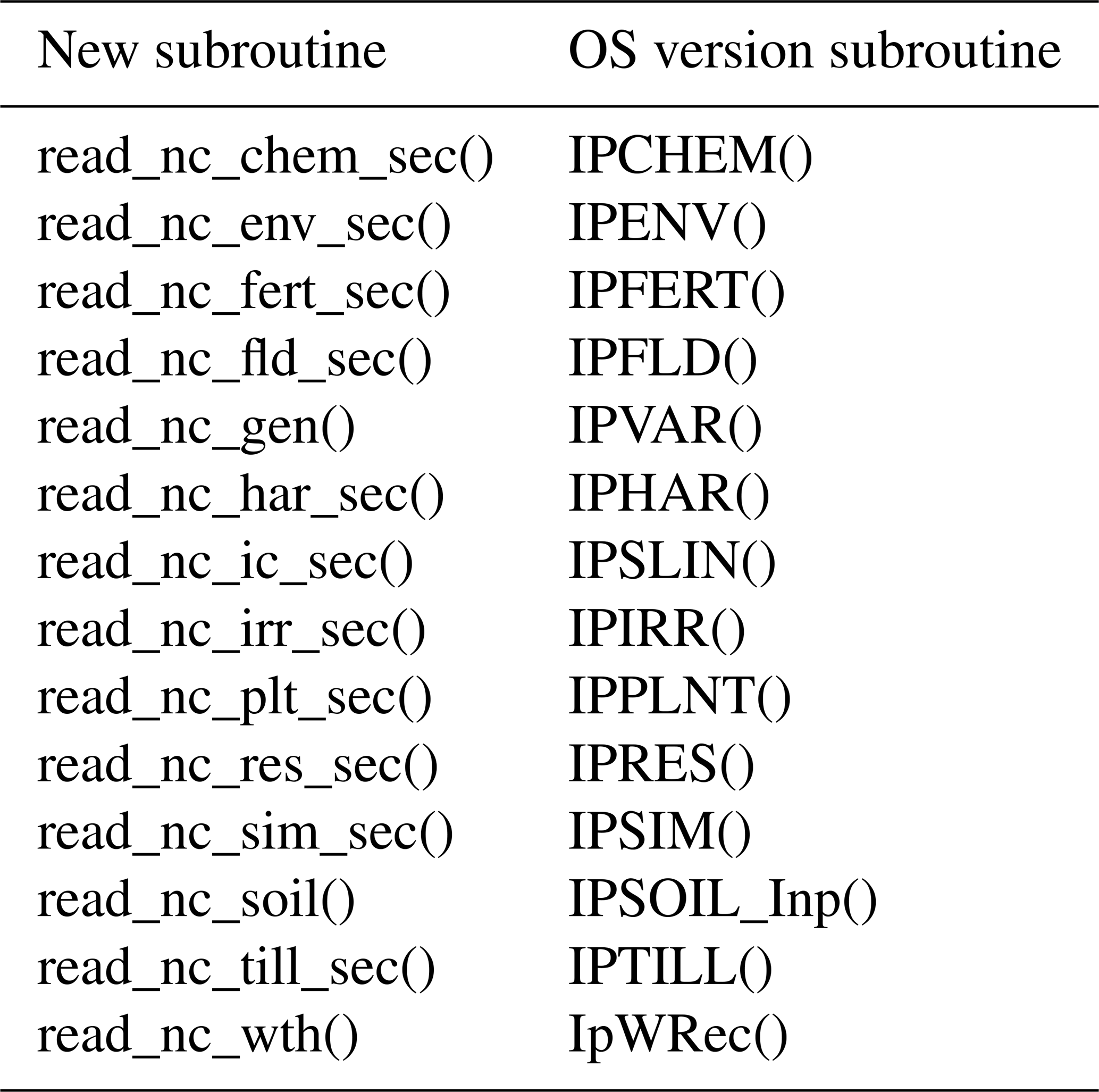
These include aspects related to harsh environments (high temperatures, diffuse light conditions, salinity, and submergence), conservation agriculture, greenhouse gas emissions, as well as aspects more specific to Southern Asia and low input systems (such as deficiencies in soil micro-nutrients). Desirable future improvements have been identified to better position APSIM as a useful tool for Asian cropping systems research into the future.

Input parameter estimation challenges were encountered, and although ‘work-arounds’ were developed and described, in some cases these actually represent model deficiencies which need to be addressed. Once properly parameterised, the model performed well in simulating the diversity of cropping systems to which it was applied with RMSEs generally less than observed experimental standard deviations (indicating robust model performance), and with particular strength in simulation of multi-crop sequences. A broad scope of crop models with varying demands on data inputs is being used for several purposes, such as possible adaptation strategies to control climate change impacts on future crop production, management decisions, and adaptation policies. It also makes it easy to apply the same set of operations to a number of images. APSIM’s performance was statistically assessed against assembled replicated experimental datasets. Introduction GIMP comes with a so-called batch mode that allows you to do image processing from the command line. The evaluation was conducted over a diverse range of environments (12 countries, numerous soils), crops and management practices throughout the region. We evaluated APSIM’s ability to simulate the performance of cropping systems in Asia from several perspectives: crop phenology, production, water use, soil dynamics (water and organic carbon) and crop CO2 response, as well as its ability to simulate cropping sequences without reset of soil variables.
#APSIM BATCH MODE SIMULATOR#
One such cropping systems model is the Agricultural Production Systems Simulator (APSIM). Well-tested cropping systems models that capture interactions between soil water and nutrient dynamics, crop growth, climate and farmer management can assist in the evaluation of such new agricultural practices. Resource shortages, driven by climatic, institutional and social changes in many regions of Asia, combined with growing imperatives to increase food production whilst ensuring environmental sustainability, are driving research into modified agricultural practices.

Evaluation of the APSIM model in cropping systems of Asia.Field Crops Research 204: 52- 75. Gaydon D S, Singh B, Wang E, Poulton P L, Ahmad B F, Akhter S, Ali I, Amarasingha R, Chaki A K, Chen C, Choudhury B U, Darai R, Das A, Hochman Z, Horan H, Hosang E Y, Vijaya K P, Khan M R, Laing A M, Liu L, Malaiachichi M A P W K, Mohapatra K P, Muttaleb M A, Power B, Radanielson A M, Rai G S, Rashid M H, Rathanayake W M U K, Sarker M M R., Sena D R, Shamim M, Subash N, Suriadi A, Suriyagoda L D B, Wang G, Yadav R K and Roth C H. hello-batchMode.ali-LI script file, which is a set of XML elements that define what actions LI performs.

See Batch mode environment variables for a description of these variables. You can use this file as a template for your own batch files. About … icon-addNote android4 Answer apple4 icon-appStoreEN icon-appStoreES icon-appStorePT icon-appStoreRU Imported Layers Copy 7 icon-arrow-spined icon-ask icon-attention icon-bubble-blue icon-bubble-red ButtonError ButtonLoader ButtonOk icon-cake icon-camera icon-card-add icon-card-calendar icon-card-remove icon-card-sort chrome-extension-ru chrome-extension-es-mx chrome-extension-pt-br chrome-extension-ru comment comment icon-cop-cut icon-cop-star Cross Dislike icon-editPen icon-entrance icon-errorBig facebook facebook-logo flag flag_vector icon-globe google-logo icon-googlePlayEN icon-googlePlayRU icon-greyLoader icon-cake Heart 4EB021E9-B441-4209-A542-9E882D3252DE Created with sketchtool.Gaydon D S, Singh B, Wang E, Poulton P L, Ahmad B F, Akhter S, Ali I, Amarasingha R, Chaki A K, Chen C, Choudhury B U, Darai R, Das A, Hochman Z, Horan H, Hosang E Y, Vijaya K P, Khan M R, Laing A M, Liu L, Malaiachichi M A P W K, Mohapatra K P, Muttaleb M A, Power B, Radanielson A M, Rai G S, Rashid M H, Rathanayake W M U K, Sarker M M R., Sena D R, Shamim M, Subash N, Suriadi A, Suriyagoda L D B, Wang G, Yadav R K and Roth C H. hello-batchMode.bat-batch file that sets environment variables and calls the LI script.


 0 kommentar(er)
0 kommentar(er)
